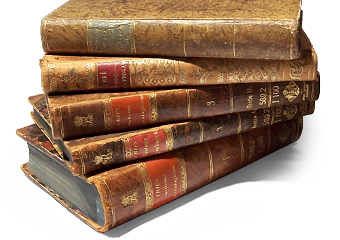Wood Rot screen [WR]
Published: February 25th, 2015
Revised: March 3rd, 2023
The fungi responsible for wood rot are not moulds in the conventional sense of the word. Wood rot fungi are typically members of the Basidiomycota. They are commonly categorized according to the physical changes they produce in colonized wood – a function of their physiological approach to wood degradation. Two main strategies are recognized:
Brown Rot
Brown rot fungi decompose wood by breaking down cellulose and hemicellulose. This type of decay results in shrinking of the wood, brown discoloration due to the lignin remaining more or less intact, and cracking along lines of weakness forming cube-shape pieces. Hence the names brown rot or cubical brown rot. True ‘dry’ rot is only caused by several brown rot fungi including Serpula lacrymans, Meruliporia incrassa, species of the genus Poria, and others. Dry rot is capable of traveling several meters through nutrient-free material such as concrete and brick in search of new wood to consume. This can result in widespread damage far from the original source of moisture.
White Rot
White rot fungi mostly degrade lignin. Typically wood decayed by white rot fungi take on a fibrous appearance due to the wood breaking down into course fibres, and often the wood feels moist to the touch. Frequently tufts of light-brown / brownish-orange mycelium can be seen in the cracks of the decaying wood. By breaking down the lignin in wood, and leaving the lighter-colored cellulose behind wood decayed by white rot fungi characteristically becomes bleached in colour and stringy in appearance.
Laboratory code: WR
Service options
Click here for more about wood degradation >
Bacteroides sewage screen [BACT]
Published: February 25th, 2015
Revised: March 3rd, 2023
Bacteroides is a genus of gram-negative, obligate anaerobes that live symbiotically within mammalian gastrointestinal tracts. Species of Bacteroides are present in huge quantities in human feces and do not persist for very long outside of the gut. Their relationship with the guts of different mammalian hosts are so well defined, you can determine the type of mammalian feces by the species of Bacteroides present.
Bacteroides has become a fecal indicator of choice for assessing sewage contamination in the indoor environment. Not only are members of the genus more reliably present than coliforms in events of sewage contamination, but the obligate anerobic nature of these bacteria (unlike coliforms) mean they cannot replicate in the environment thereby reducing the potential for false positive results.





